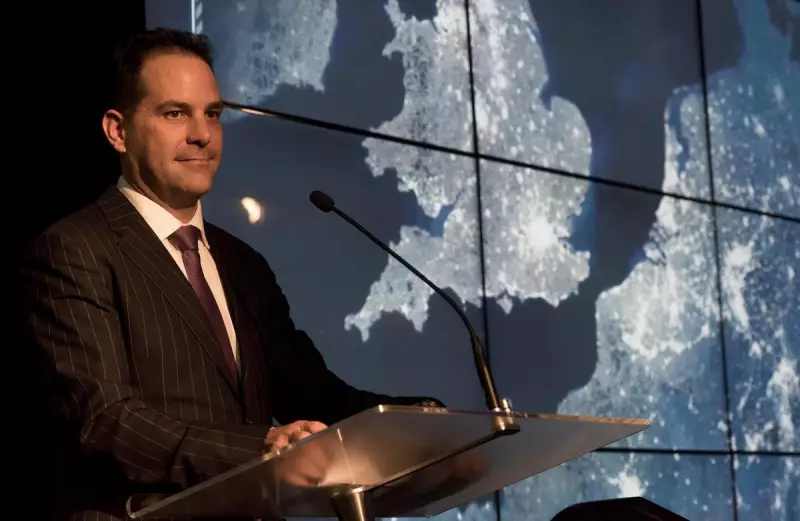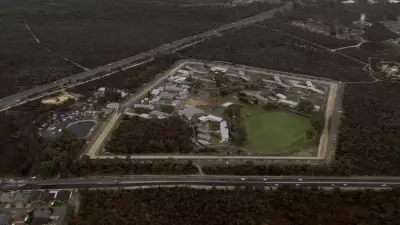
In a startling revelation that has rocked Australian government circles, the newly appointed director of the Bureau of Meteorology has confirmed that the agency's eye-watering $965 million website redesign was an open secret within the organization.
Massive Cost Overruns Revealed
The new Bureau chief, Andrew Johnson, made the stunning admission during recent parliamentary hearings, revealing that the extraordinary cost of revamping the weather agency's digital presence was well-known internally despite public unawareness. The $965 million price tag for what should have been a routine technology upgrade has raised serious questions about government spending accountability.
Johnson, who took leadership of the Bureau in April 2024, told senators that when he first learned about the project's budget, he found the figure so staggering that he initially questioned whether there had been some misunderstanding about the decimal point placement. The reality, however, was even more shocking than he had imagined.
Internal Knowledge and External Silence
What makes this situation particularly concerning is that the massive expenditure appeared to be common knowledge within the Bureau of Meteorology, yet this information never properly reached public scrutiny or parliamentary oversight. Johnson described the cost as something that was known around the place but hadn't been sufficiently highlighted in public discussions about the agency's budget and priorities.
The website redesign project, which aimed to modernize Australia's primary weather information portal, has drawn comparisons to other notorious government IT spending disasters. At nearly one billion dollars, the cost significantly exceeds what technology experts estimate should be required for such a digital transformation, even accounting for the Bureau's complex data requirements and the need for reliable, around-the-clock service.
Broader Implications for Government Transparency
This revelation comes at a sensitive time for government agencies, with increasing public scrutiny on how taxpayer funds are allocated and spent. The fact that such a substantial sum could be an internal open secret while remaining largely unknown to the public raises fundamental questions about transparency mechanisms within Australia's public service.
Opposition politicians and accountability advocates have seized on the admission, demanding clearer explanations about how the costs ballooned to such extraordinary levels and why warning signs weren't raised earlier. The Bureau of Meteorology, while critically important for weather forecasting and climate monitoring, now faces intensified examination of its budgeting practices and internal culture regarding financial disclosure.
As the new director works to rebuild trust and ensure better oversight, this case serves as a potent reminder of the need for robust accountability frameworks in government technology projects. The Australian public deserves to know how their money is being spent, especially when the sums involved approach the billion-dollar mark for what many would consider a basic government service.





